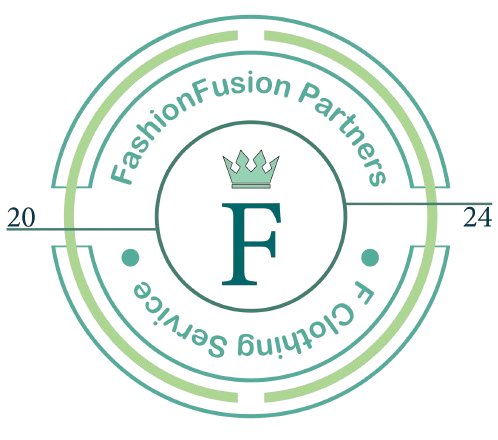
Designing a successful clothing brand involves more than just creating fashionable items; it requires a thoughtful strategy that aligns with your brand identity, target market, and long-term business goals. Here’s a guide to developing a clothing brand design strategy:
1. Define Your Brand Identity
- Brand Values and Mission: Establish the core values and mission of your brand. Are you focused on sustainability, luxury, affordability, or innovation? Your design should reflect these principles.
- Target Audience: Clearly define your target market. Understand their lifestyle, preferences, and buying behaviors. This will guide your design choices, from fabric selection to color palettes.
2. Conduct Market Research
- Trend Analysis: Stay informed about current and upcoming fashion trends. This helps in creating designs that are both timely and relevant.
- Competitor Analysis: Analyze your competitors’ designs, strengths, and weaknesses. Identify gaps in the market that your brand can fill with unique offerings.
3. Create a Signature Style
- Unique Aesthetic: Develop a distinctive design aesthetic that sets your brand apart. This could be through unique cuts, patterns, fabric choices, or color schemes.
- Consistency: Maintain a consistent style across all collections. This helps in building brand recognition and loyalty among customers.
4. Focus on Quality and Materials
- Material Selection: Choose high-quality materials that align with your brand identity, whether it’s organic cotton for sustainability or luxurious silk for a premium feel.
- Craftsmanship: Pay attention to the details of craftsmanship. Well-made garments with fine stitching, durable fabrics, and thoughtful finishing will enhance your brand’s reputation.
5. Design with Functionality in Mind
- Comfort and Fit: Ensure that your designs are not only stylish but also comfortable and well-fitting. This is crucial for customer satisfaction.
- Versatility: Consider creating versatile pieces that can be worn in different ways or for various occasions. This increases the value of your designs.
6. Incorporate Innovation
- Sustainable Practices: If sustainability is a part of your brand, innovate with eco-friendly materials, ethical production methods, and designs that minimize waste.
- Technology Integration: Explore incorporating technology into your designs, such as smart fabrics, 3D printing, or wearable tech, to offer something unique.
7. Build a Strong Visual Identity
- Logo and Branding Elements: Design a memorable logo and consistent branding elements (e.g., fonts, color schemes) that can be easily recognized and associated with your brand.
- Packaging: Invest in attractive, sustainable packaging that reflects your brand’s ethos and adds to the overall customer experience.
8. Develop a Seasonal Collection Strategy
- Collection Planning: Plan your collections around fashion seasons, ensuring a balance between timeless pieces and trend-driven items.
- Capsule Collections: Consider creating limited-edition capsule collections to generate buzz and create a sense of exclusivity.
9. Engage in Collaborative Design
- Collaborations: Partner with other brands, designers, or artists for special collections. These collaborations can attract new audiences and bring fresh ideas to your designs.
- Customer Feedback: Engage with your customers to gather feedback on your designs. Use this input to refine your collections and better meet customer needs.
10. Sustain a Strong Ethical and Cultural Perspective
- Cultural Sensitivity: Ensure that your designs are culturally respectful and inclusive, avoiding appropriation and considering the diverse backgrounds of your audience.
- Ethical Production: Prioritize ethical production practices, ensuring that workers are treated fairly and that your brand contributes positively to the industry.
11. Long-Term Vision
- Scalability: Design your collections with growth in mind. As your brand expands, ensure that your design process and production can scale without compromising quality.
- Brand Evolution: Be open to evolving your brand’s design strategy as trends change and as your brand matures, but always stay true to your core identity.
By developing a strategic approach to clothing brand design, you can create a brand that not only stands out in the marketplace but also resonates deeply with your target audience, ensuring long-term success.





Hey! Do you use Twitter? I’d like to follow you if that would be ok. I’m absolutely enjoying your blog and look forward to new posts.